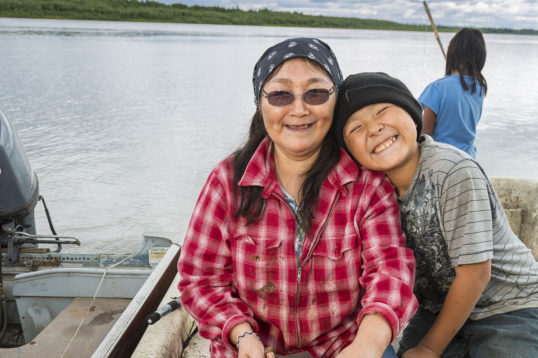Tribes and individuals need to be heard. The Bureau of Land Management (BLM), the federal agency responsible for managing millions of acres across Alaska, is leading two major public processes to engage citizens to give advice on how our traditional land should be managed for the next 20 years: Resource Management Plans for the Central Yukon and Bering Western Interior regions.
The land planning process is an opportunity for us to help the Bureau of Land Management (BLM) understand our culture, views and needs of our communities that will be most affected by future changes in the landscape, from mining, roads development, climate change and other uses.
BLM wants to know what’s important to us about our traditional lands that they now manage. Speak up for our traditional use. Speak up for our culture. Speak up for future generations. Because it’s our land, our voice, our future.



